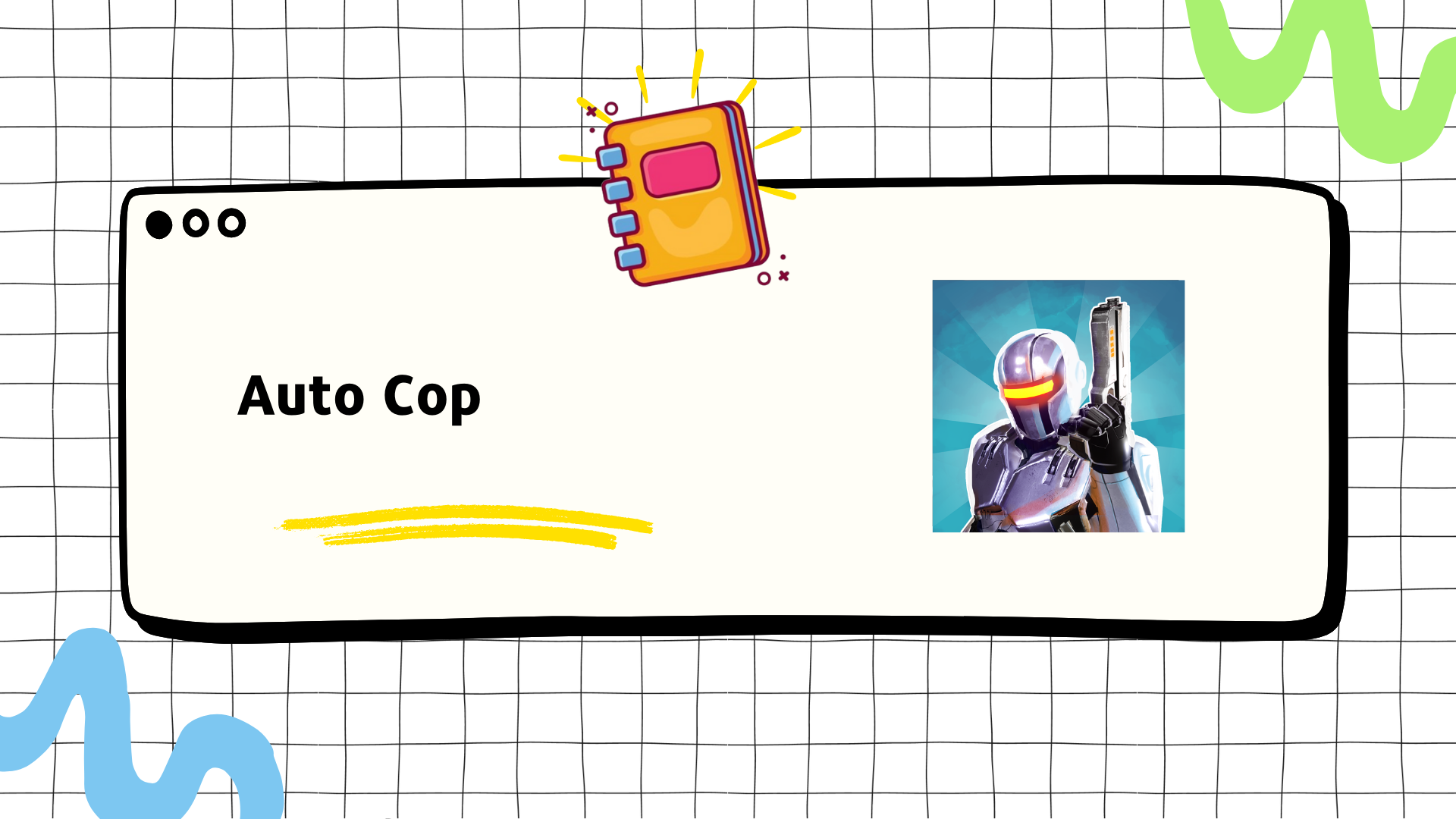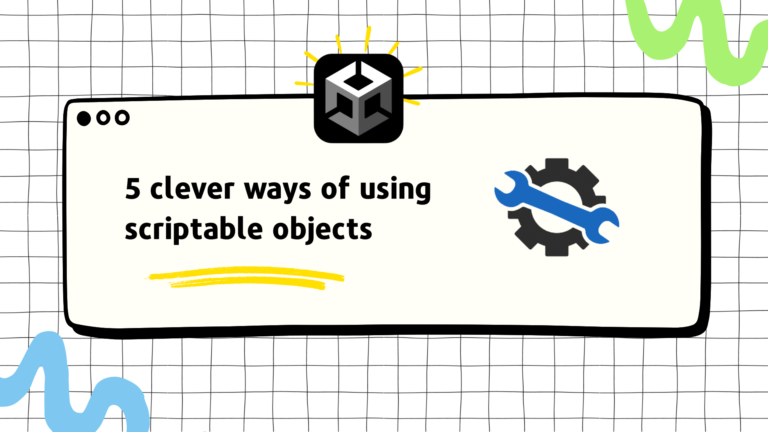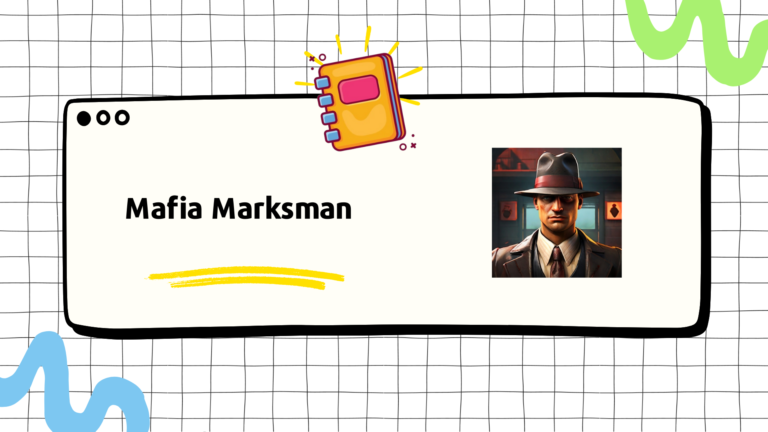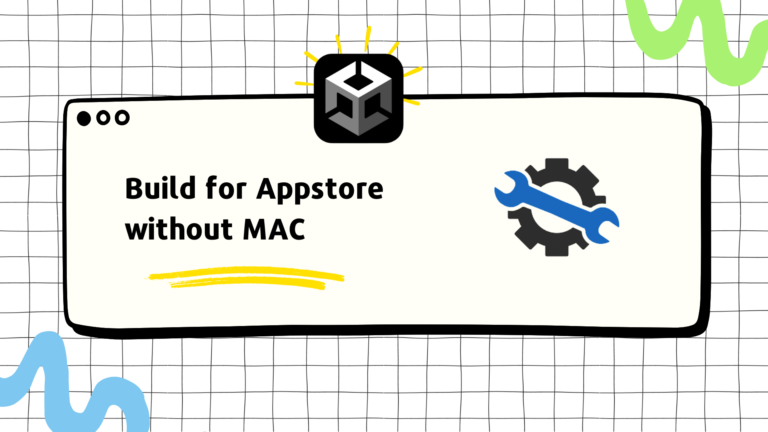Following stakeholder suggestions about cover shooters potentially having a low CPI (Cost Per Install), I initiated an internal discussion with the team to assess the feasibility of developing such a game within a defined timeline. Our programmer expressed confidence in creating a module for this concept, so I decided to allocate research time to explore the idea.
Development and Project Management
It took almost two months of research and development to transition Auto Cop, our first cover shooter, into production. I maintained regular discussions with the programmer to ensure we were on track and shared progress updates with the publisher to keep them aligned.
Initial Testing and Iterations
After the initial test, Auto Cop showed promising CPI and decent in-game metrics, justifying further iterations. Given the content-heavy nature of the game, we adopted a three-week sprint plan. I organized internal playthrough sessions to gather insights and identify areas for improvement. Comparing Auto Cop with successful market counterparts provided additional perspectives for enhancement.
I managed the UI feel, polish, and game experience as a programmer, focusing on enhancing the core gameplay. Despite three iterations that improved in-game numbers, it wasn’t sufficient. We implemented monetization to gauge the Lifetime Value (LTV), which was satisfactory but plateaued after Day 2.
Analysis and Future Planning
In response, I collaborated with the team and PM, and after playing over 10 shooter games, I developed a thesis on necessary improvements. This led to a new idea that leveraged the module we built for Auto Cop, enabling us to build upon it more effectively.
In summary, Auto Cop demonstrated the potential for low CPI and good initial in-game metrics. Through iterative development and thorough market analysis, we identified key areas for improvement and laid the groundwork for future enhancements based on our cover shooter module.





